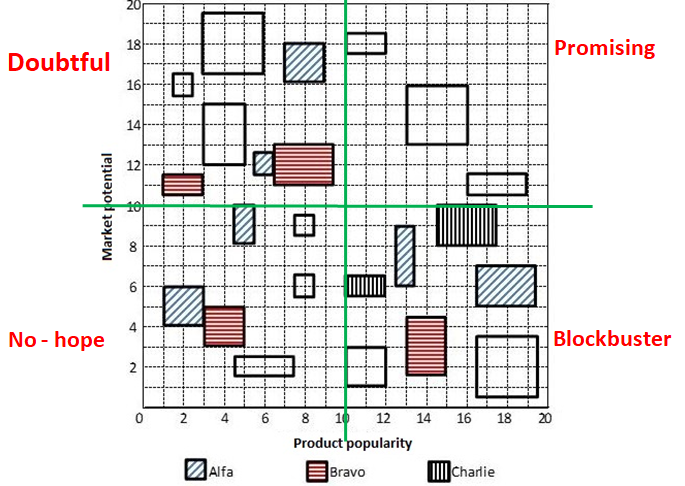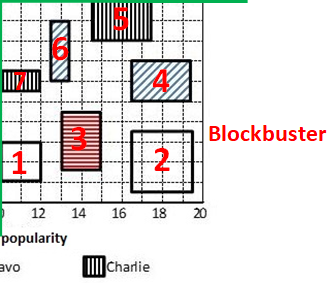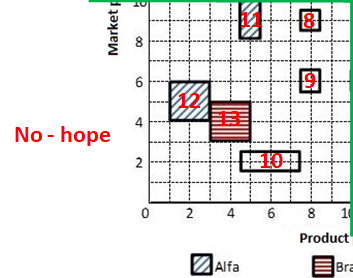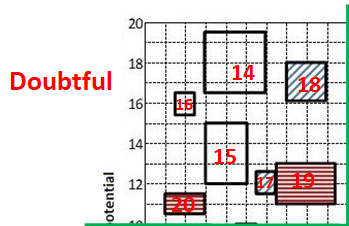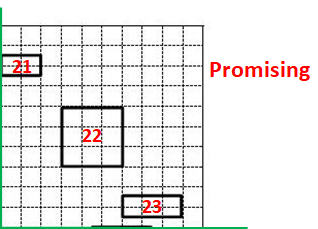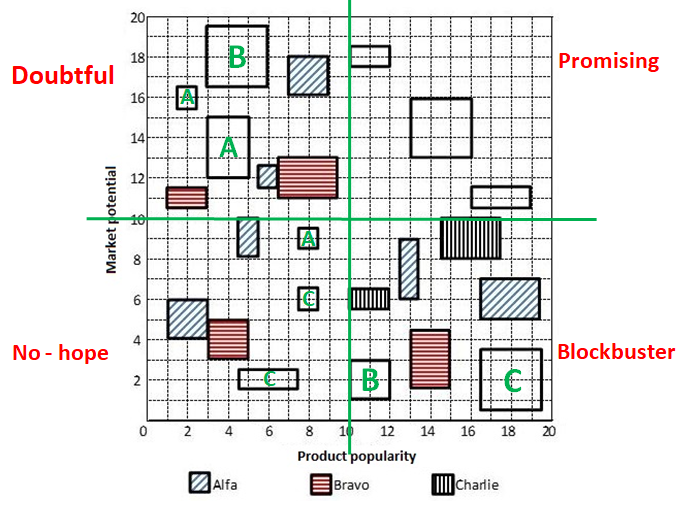CAT 2018 Slot 2 Question Paper
According to a coding scheme the sentence:
"Peacock is designated as the national bird of India" is coded as 5688999 35 1135556678 56 458 13666689 1334 79 13366
This coding scheme has the following rules:
a: The scheme is case-insensitive (does not distinguish between upper case and lower case letters).
b: Each letter has a unique code which is a single digit from among 1,2,3, …, 9.
c: The digit 9 codes two letters, and every other digit codes three letters.
d: The code for a word is constructed by arranging the digits corresponding to its letters in a non-decreasing sequence.
Answer these questions on the basis of this information.
CAT 2018 Slot 2 - Question 51
What best can be concluded about the code for the letter L?
CAT 2018 Slot 2 - Question 52
What best can be concluded about the code for the letter B?
CAT 2018 Slot 2 - Question 53
For how many digits can the complete list of letters associated with that digit be identified?
CAT 2018 Slot 2 - Question 54
Which set of letters CANNOT be coded with the same digit?
Each of the 23 boxes in the picture below represents a product manufactured by one of the following three companies: Alfa, Bravo and Charlie. The area of a box is proportional to the revenue from the corresponding product, while its centre represents the Product popularity and Market potential scores of the product (out of 20). The shadings of some of the boxes have got erased.

The companies classified their products into four categories based on a combination of scores (out of 20) on the two parameters - Product popularity and Market potential as given below:

The following facts are known:
1. Alfa and Bravo had the same number of products in the Blockbuster category.
2. Charlie had more products than Bravo but fewer products than Alfa in the No-hope category.
3. Each company had an equal number of products in the Promising category.
4. Charlie did not have any product in the Doubtful category, while Alfa had one product more than Bravo in this category
5. Bravo had a higher revenue than Alfa from products in the Doubtful category.
6. Charlie had a higher revenue than Bravo from products in the Blockbuster category.
7. Bravo and Charlie had the same revenue from products in the No-hope category.
8. Alfa and Charlie had the same total revenue considering all products.
CAT 2018 Slot 2 - Question 55
Considering all companies' products, which product category had the highest revenue?
CAT 2018 Slot 2 - Question 56
Which of the following is the correct sequence of numbers of products Bravo had in No-hope, Doubtful, Promising and Blockbuster categories respectively?
CAT 2018 Slot 2 - Question 58
If the smallest box on the grid is equivalent to revenue of Rs.1 crore, then what approximately was the total revenue of Bravo in Rs. crore?
Seven candidates, Akil, Balaram, Chitra, Divya, Erina, Fatima, and Ganeshan, were invited to interview for a position. Candidates were required to reach the venue before 8 am. Immediately upon arrival, they were sent to one of three interview rooms: 101, 102, and 103. The following venue log shows the arrival times for these candidates. Some of the names have not been recorded in the log and have been marked as ‘?’.

Additionally here are some statements from the candidates:
Balaram: I was the third person to enter Room 101.
Chitra: I was the last person to enter the room I was allotted to.
Erina: I was the only person in the room I was allotted to.
Fatima: Three people including Akhil were already in the room that I was allotted to when I entered it.
Ganeshan : I was one among the two candidates allotted to Room 102.
CAT 2018 Slot 2 - Question 59
What best can be said about the room to which Divya was allotted?








